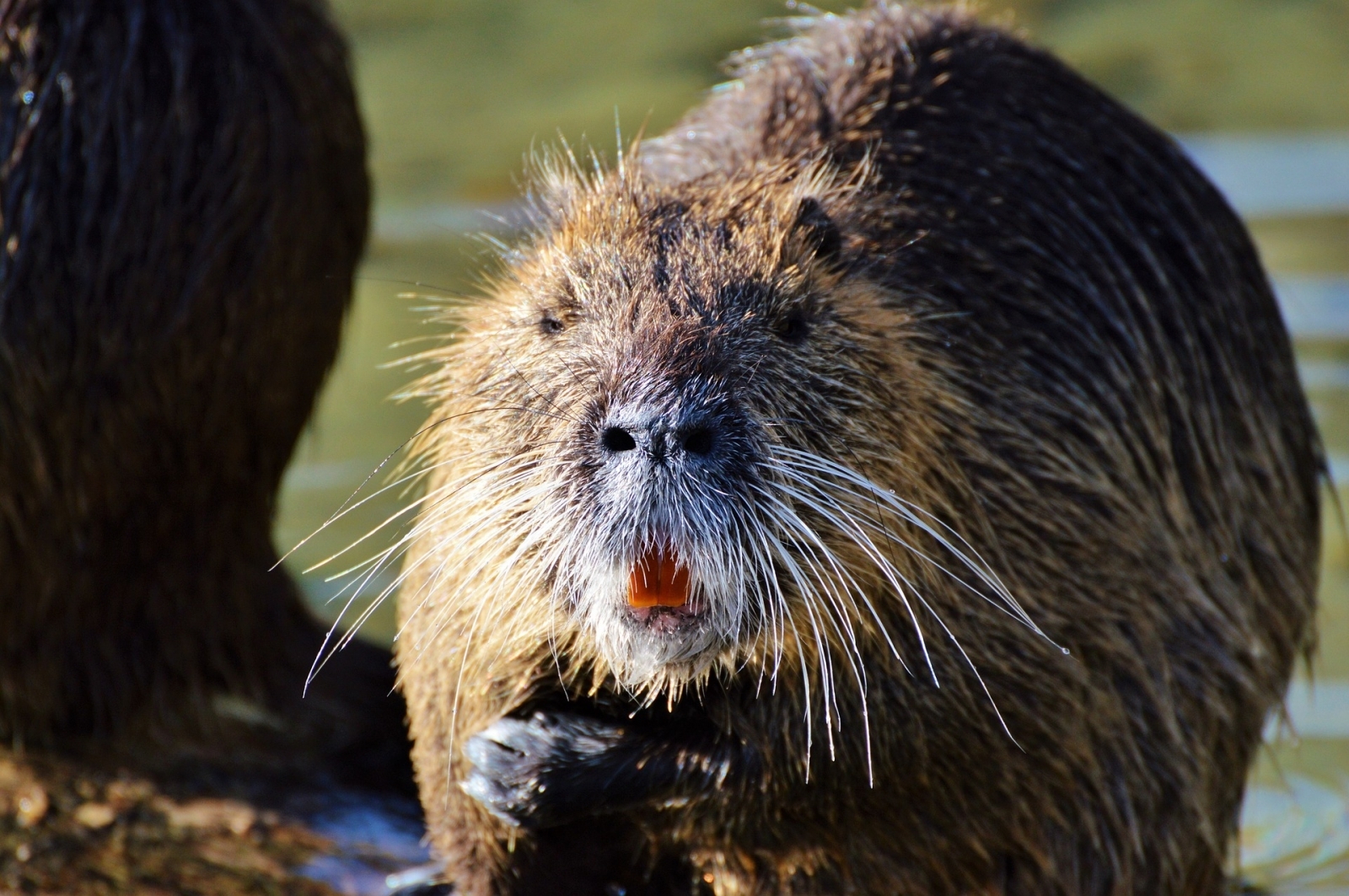
“This, of course, might be caused by organisms similar to the larvae at question. Dery said he has heard local people speak of “Pluff Mud Itch”. Like other allergic reactions its severity depends upon the degree of previous sensitization.ĭr. The rash normally begins to disappear between one and three weeks. These pimples may become secondarily infected through scratching. The initial rash subsides within the next 12 hours but then later, within another 12 hours, forms a more intense popular rash which is extremely itchy and which intensifies throughout the next week. These increase in size and become quite itchy during the next several hours. Within the next hour small red spots appear at the entrance of each parasite. The rash follows a characteristic pattern, beginning with a prickling sensation when the larvae penetrate the skin, approximately 20 minutes after exposure. Therefore, they die and their dead bodies set up an allergy reaction, the swimmer’s itch.
#SWIMMERS ITCH ON FEET SKIN#
For some reason, human skin tissues are not suitable for further development. However, it they come in contact with a human being, they penetrate into the skin and die. After developing to maturity they migrate to the small blood vessels of the intestine to lay eggs, thus completing the life cycle. If the right species of bird is available they penetrate through the skin and migrate to the lungs and then the liver where they mature. These larvae leave the snail and swim to the surface of the water where they await the next host. Once within the snail, the larvae asexually produce hundreds of a new type of larvae-cercariae-each day for months or possible years. In the present two cases the mud snail and the marsh periwinkle are suitable and numerous, offering quickly available hosts for the larvae to penetrate. If they fall into water they hatch very quickly and the larvae-miracidia-must find a suitable snail host within hours or they die. The eggs then pass out of the bird with the feces. The female adult lays eggs in these vessels and these eggs rupture the blood vessels and work their way through the intestinal wall into the lumen of the gut. The adult form is a minute flatworm which lives in the blood vessels of the intestine. The parasites ( Schistosome cercariae) are carried by water birds. The two students are participating in one of the College of Charleston’s undergraduate programs which includes concentrated biological research during the summer months. Dery and two student assistants: Harrisman Jett and Paul Teller, both of Mt.


The discovery of the parasites was made by Dr. The rash is intensely itchy but produces no long-lasting results and the larvae will not mature in human beings,” Dr. “Although these parasites present a potential threat to resort areas, I would like to emphasize that this is not a serious type of rash. The most serious aspect is the danger of secondary infection from scratching. He pointed out that the rash is not serious-comparable to poison ivy however, it will not spread. Dery, using himself as a human guinea pig, broke out with a rash on his stomach at the point of exposure to the parasite larvae. They were discovered in the common mud snail and in the marsh periwinkle.ĭr. Donald Dery, assistant professor of biology, said that two species of closely related parasites, bird schistosomes, were found at Fort Sumter and in the Wando River at Cat Island. The discovery has been made by a team of biologists at the College of Charleston.ĭr. Parasites which cause “Schistosome Dermatitis” - swimmer’s itch - have been found in Charleston Harbor waters.


 0 kommentar(er)
0 kommentar(er)
